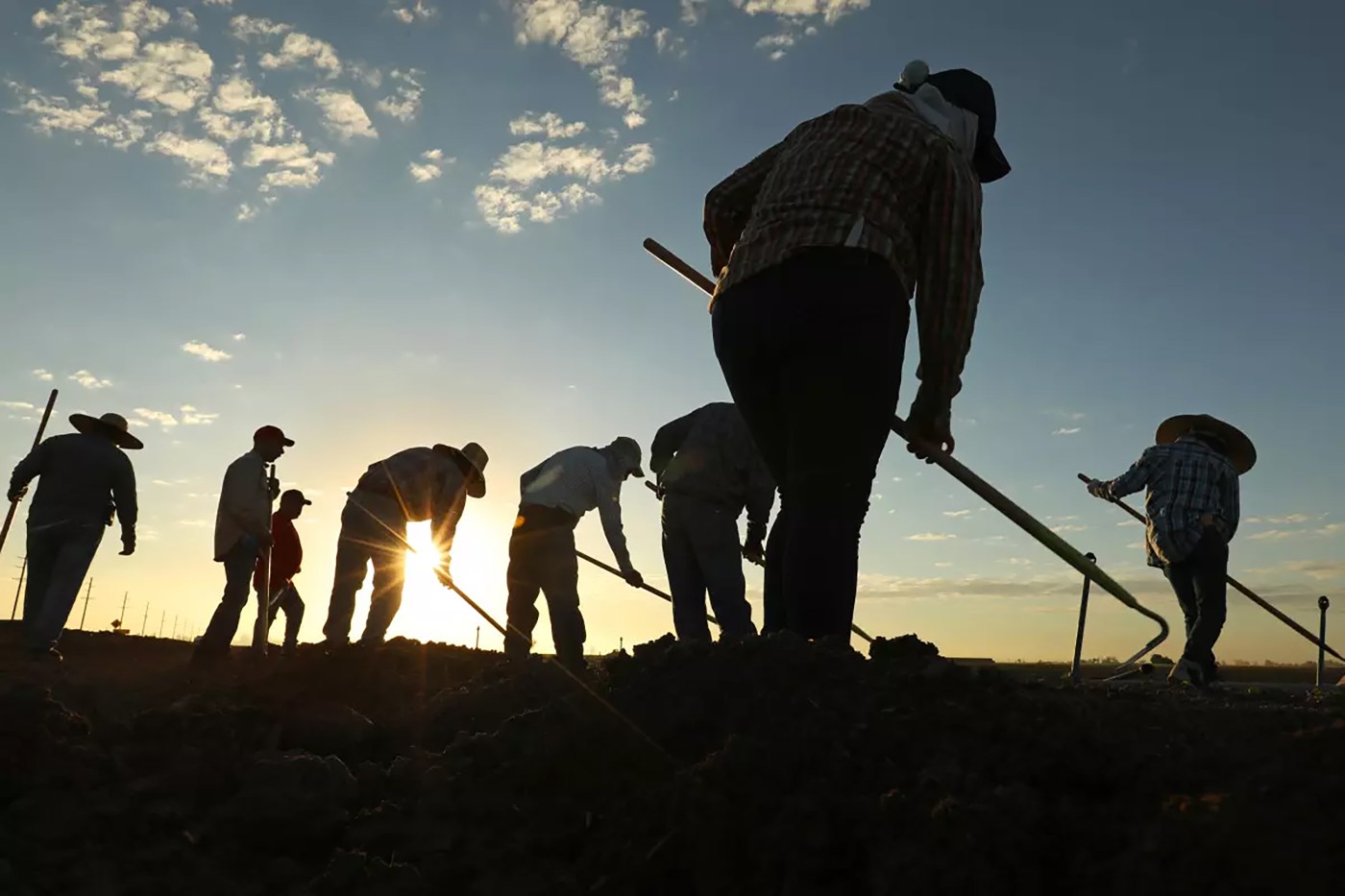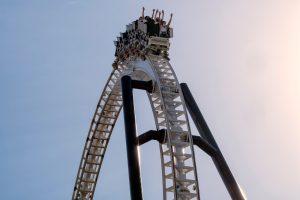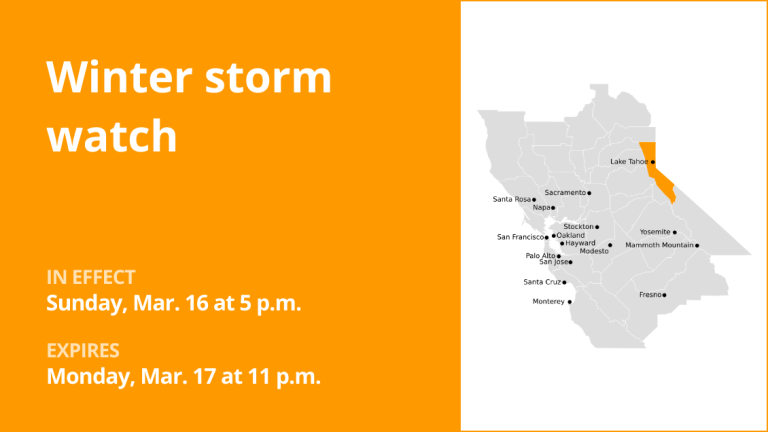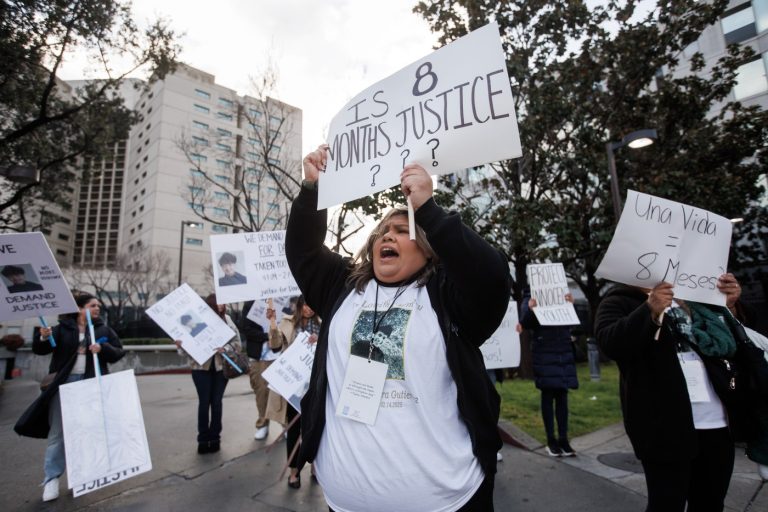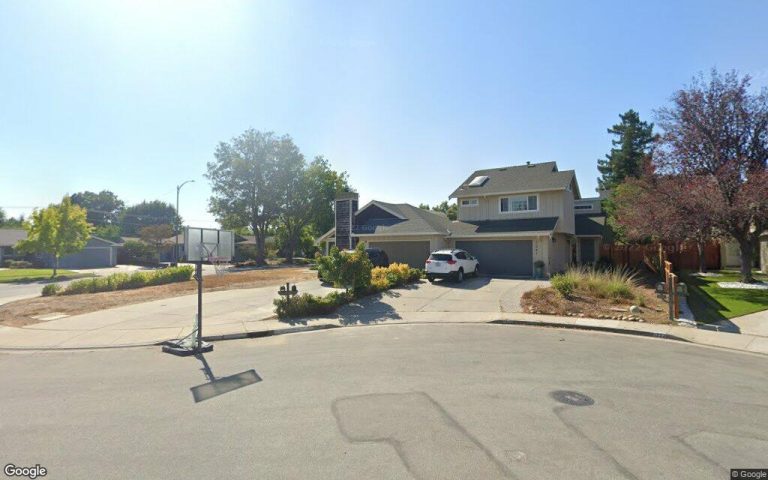Since the conclusion of the election, much of the media have painted Imperial Valley as having dramatically shifted its politics. With President-elect Donald Trump jumping from 37% of the 2020 vote in the region to 49% this year, many now claim that it has “flipped” from blue to red. Are we a once-blue county making a revolutionary realignment toward the Republican Party, or one growing more purple?
The truth is neither. The Imperial Valley is not living through a left-versus-right war, a storyline far too easy and convenient for pundits to resist as they lazily view our region as a political novelty. Trump’s strong local finish does not mark a sudden conservative awakening, just as the region’s previous Democratic lean did not reflect an unwavering progressive faith.
The truth is more damning. The Imperial Valley is neither red nor blue. Instead, it is a place that feels betrayed by both parties.
Imperial County is the youngest county in California, forgotten in its southeast corner. We have long been treated like the runt of the litter, distancing ourselves from politics and known for having low voter turnouts.
This election was not a revolt against Democrats or a sudden embrace of Republicans. It was an indictment of everyone.
A harsh reality
Officials and leaders from both sides of the political aisle have learned to deploy a familiar vocabulary when describing our region. The words “underserved” and “disadvantaged” are used casually as if they were harmless verbal placeholders.
Once upon a time, these words might have sparked outrage and action. Now, locals are numb to their hollow repetition. They’ve become a soothing lullaby for policymakers, as if labeling our crises is enough to gloss over the harsh reality of what those words actually mean.
The New River continues to poison our land, water, air and collective future with wastewater and pollutants, including asbestos. In October, state officials visited and committed funding to clean up the polluted Tijuana River in wealthier San Diego County, while ours remains ignored.
The Salton Sea, once an icon of opportunity as a resort destination, continues to shrink rapidly, exposing toxic dust and polluted earth. Discussions about “saving the sea” have persisted for decades, yet there are only hay bales to show for it. We’ve had the highest unemployment rate in the state — this year nearly four times the California average — for as long as I can remember.
With these multigenerational scars, it should come as no surprise that many here have resigned themselves to a tragic stasis and a sense that what is broken will remain broken. Even recent decisions affecting our future reveal how Sacramento and Washington, D.C., continue to let us down.
Lithium extraction in the northern part of the county, dubbed “ Lithium Valley,” is supposed to help save us from our employment and economic woes and power the country’s clean energy transition. Yet local leaders have to fight desperately for support from the state and federal government.
In September, Gov. Gavin Newsom vetoed a bill that would have designated “Lithium Valley” and all Imperial County surrounding the Salton Sea as the Southeast California Economic Region to better align state and federal support surrounding affected communities and clean energy development in the area. The same month, the Biden administration’s Department of Energy Loan Programs Office awarded $3 billion in grants for domestic battery production — not a single dollar of which made it to Imperial Valley.
Jobs trickle away
Recently the federal government went even further and put a price tag on our most precious resource: water. In exchange for our commitment to use less of it, the Bureau of Reclamation released $250 million for Salton Sea restoration efforts. But less water in a region founded, built and dependent on agriculture equals fewer jobs. Fewer jobs mean fieldworkers out of work and left to wonder about their place in our future. Community advocates now ask if that quarter of a billion dollars will be used for the “greater good” or find its way into select pockets.
Related Articles
Higher Social Security payments coming for millions of people from bill that Joe Biden signed
Workforce housing real estate firm buys San Jose apartment complex
Artificial intelligence tech firm will expand in San Jose with new HQ
Oakland housing highrise is bought in deal that hints at wobbly market
Bay Area homeless population rose to a record 38,891 people in 2024
Growing up during Republican Gov. Pete Wilson’s administration, I remember my parents talking about the same issues my daughter hears now: the New River. The Salton Sea. High unemployment. Water wars. The difference is that today’s technology allows her a glimpse of the outside world. She’s seen what’s out there, what could be here, and wonders why it isn’t.
Make no mistake, my frustration stems not from a lack of love for this community, but from an abundance of it. Every day I witness the shared strength of our people. Imperial Valley is filled with families that work harder than most people can imagine, that celebrate life’s joys despite the circumstances. This frustration isn’t about hating where I live — it’s about feeling that we’ve been shortchanged for far too long. We’re a community rich in culture, in spirit and in potential. Our unfulfilled potential is mocked by blatant neglect and empty promises.
This election is not a cautionary tale for the Democrats, nor a success story for Republicans. It is a warning to both.
The Imperial Valley is not a prize to be brandished after each election cycle. Our plight is not red or blue; it is human. This is our home, our community, and we have a future worth fighting for.
Gil Rebollar is a lifelong Brawley resident and mayor of Brawley. He represents Imperial County cities on the Southern California Association of Governments Regional Council. ©2025 Los Angeles Times. Distributed by Tribune Content Agency.
